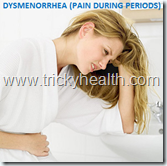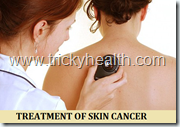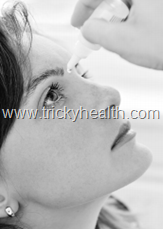COMMON HEALTH PROBLEMS IN WOMEN DURING PREGNANCY TIME
There is no need to worry about this as the enough knowledge & understanding can lead to a happy and safe life forever. In the early months of pregnancy a woman has many Health related problems which almost all women having, the knowledge about their prevention can provide a relief to a woman so it is very necessary for a pregnant woman to know about these common health related problems & the various health care tips to prevent & manage these, so in this Medical education article we are providing you the health information about the common problems during women pregnancy time along with the various health tips to prevent yourself from these health problems.
NAUSEA & VOMITING: Nausea is the feeling of vomiting. Nausea & vomiting occur specially in the morning, soon after getting out of bed that’s why it is also known as “morning sickness”. They occur only for the first three months & then decrease in frequency during subsequent months. 50% of women are having both nausea & vomiting, 25% have nausea only & 25% are unaffected. There is no need to worry when you get affected by such a problem because they are the symptoms and we will also share some health care tips in our next article to take care of yourself.Some of the common problems in pregnant women are as follows:
BACKACHE: It is a common health problem in 50% of women during the pregnancy period. The contributing factors for backache are weight gain, faulty posture, high heel shoes or constipation. Backache can create a hindrance in the daily activities of a woman. We advised all our readers to must-read out our next article in which the expert Dr. S.L Sharma will share the health tips for pregnant women and also share some prevention that a pregnant woman must take care during her pregnancy period.
CONSTIPATION: Constipation is a common problem during pregnancy which affects almost all pregnant women. This problem is either due to hormone progesterone which causes gut atomicity means there are no peristaltic movements (propulsive efforts) in the gut or can be due to diminished activity, the pressure of the pregnant uterus (womb) on the colon because of which the passage of stool becomes difficult causing constipation.
LEG CRAMPS OR VARICOSE VEINS: In pregnancy, there is too much need of nutrients for both the mother as well as the baby, if there is a deficiency of nutrients then it can lead to many problems especially when there is the deficiency of calcium then it causes leg cramps.
Varicose veins is a condition that is caused by the pressure of the gravid (pregnant) uterus on the spine which causes an obstruction in the blood flow mainly the backflow which cause bluish coloration & the pain in the legs. Pain is mainly on the movement from one place to another.
FREQUENT URINATION: In pregnancy, the main problem is the frequent urination. This is due to the pressure of the pregnant uterus on the bladder. To overcome this problem here are some of the health care tips, by following these you can solve this problem.
In the Next article on women's health education, we will give you some important health caring tips to take care of yourself during the pregnancy period. So stay in touch with us by Liking our Facebook Page and by joining our website.
You can also CLICK HERE to get access on our next article on “Women Health Care Tips during Pregnancy Time”.









